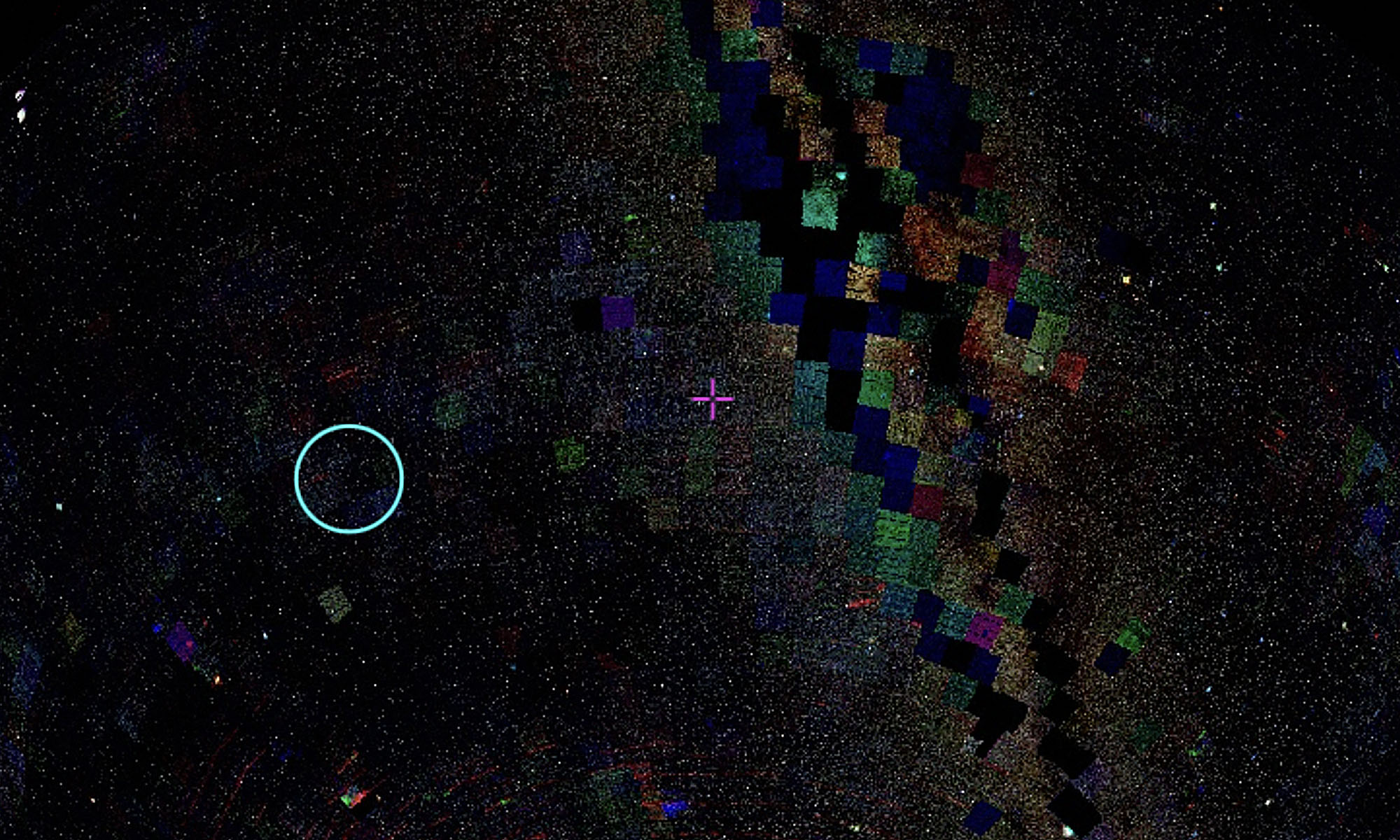In November, I learnt via Open-Weather that one particular satellite, NOAA15, has a damaged sensor causing degraded data that alters the image composition. I wanted to capture this glitch direct from the satellite, so I went to a bit more effort to avoid the noise I was getting using the antenna on my balcony.
Thanks to an engineer friend, I got hold of a V-dipole antenna which I could attach to my bike and take to a nearby open field (previously, and fittingly, the ‘Starlight’ Drive-in cinema) to escape the household and neighbourhood radio interference.

The images received from NOAA15 have fascinating compositions and image qualities that expands to convey interactions between socio-technical actors on a planetary scale: a faulty US government satellite in dialogue with the social structures that allow me access to a laptop, software, antenna, knowledge, and an open field.




An important reference for this work is Open-weather, led by artist duo Sophie Dyer and Sasha Engelmann, whose ‘Nowcast’ project creates a composite set of NOAA images received from participants around the world. In their paper, ‘Open-weather: Speculative-feminist propositions for planetary images in an era of climate crisis‘ (2022) Dyer and Engelmann describe how empowering people to independently conjure a satellite perspective bypasses the weather channels we normally consult to gauge the atmosphere and creates a ‘counter-image’ that shifts satellite imagery from a scientific to social domain.
